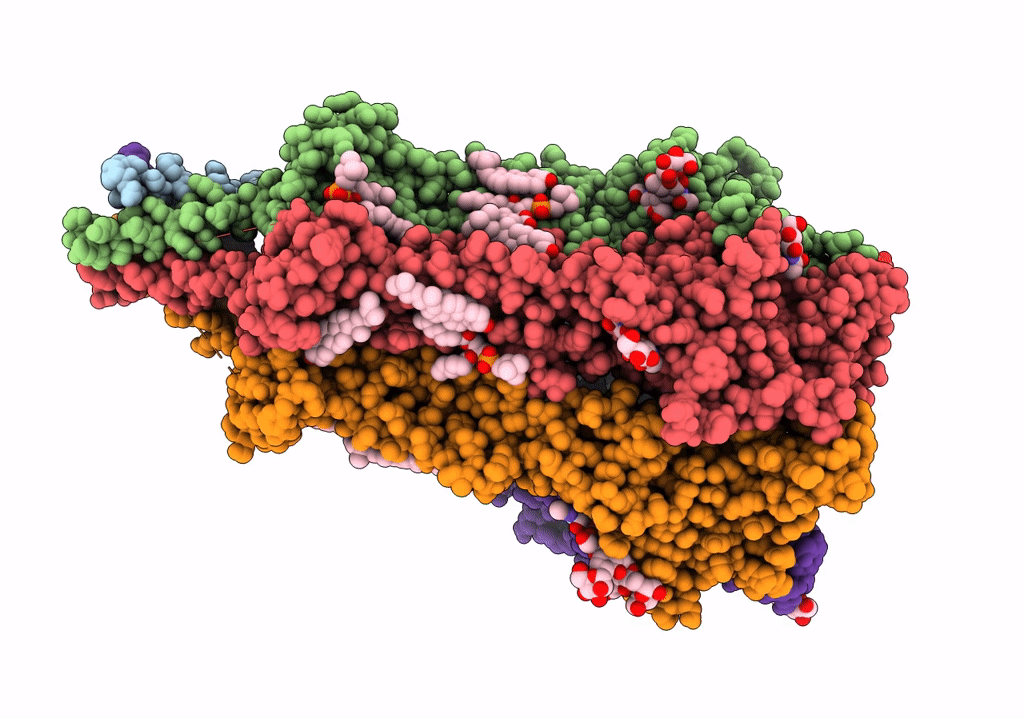
Deposition Date
2021-10-26
Release Date
2022-03-09
Last Version Date
2025-05-28
Entry Detail
PDB ID:
7SMQ
Keywords:
Title:
Cryo-EM structure of Torpedo acetylcholine receptor in apo form with added cholesterol
Biological Source:
Source Organism:
Tetronarce californica (Taxon ID: 7787)
Method Details:
Experimental Method:
Resolution:
2.74 Å
Aggregation State:
PARTICLE
Reconstruction Method:
SINGLE PARTICLE


